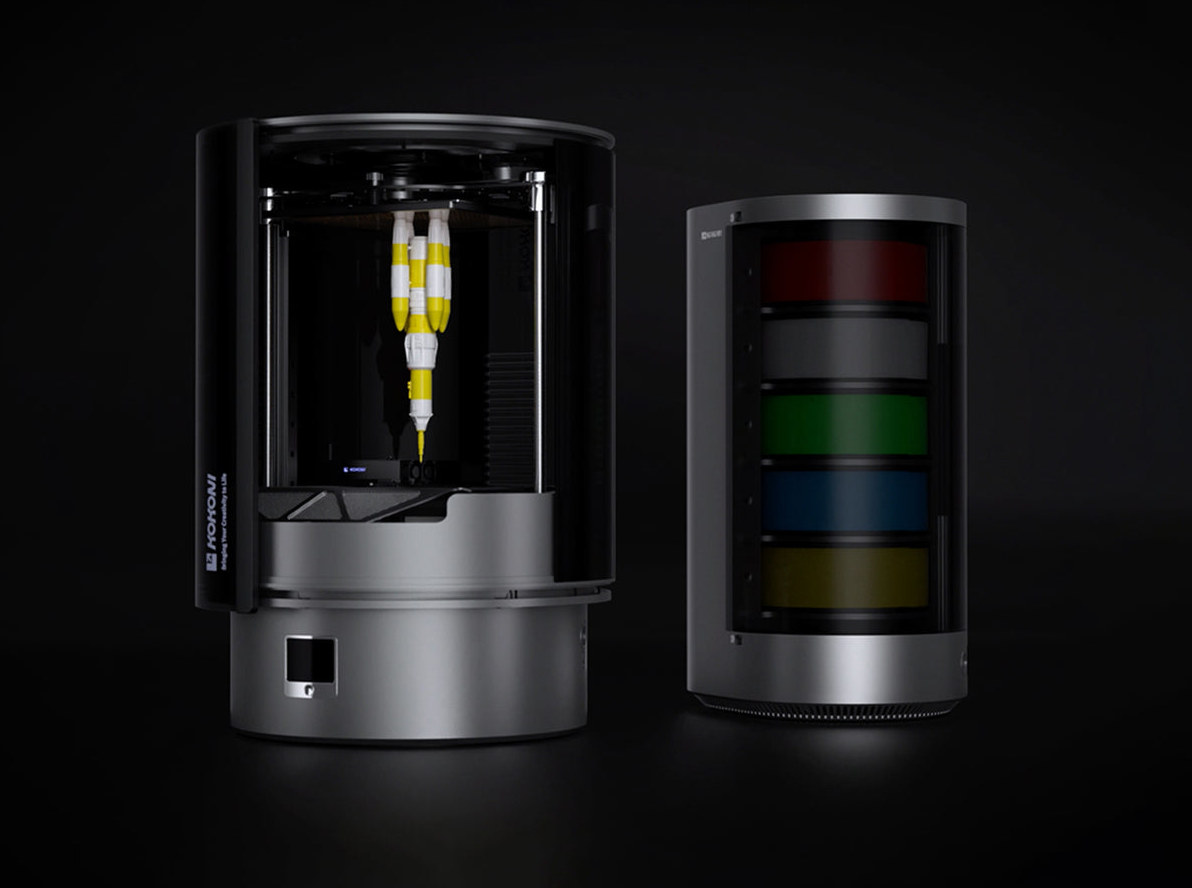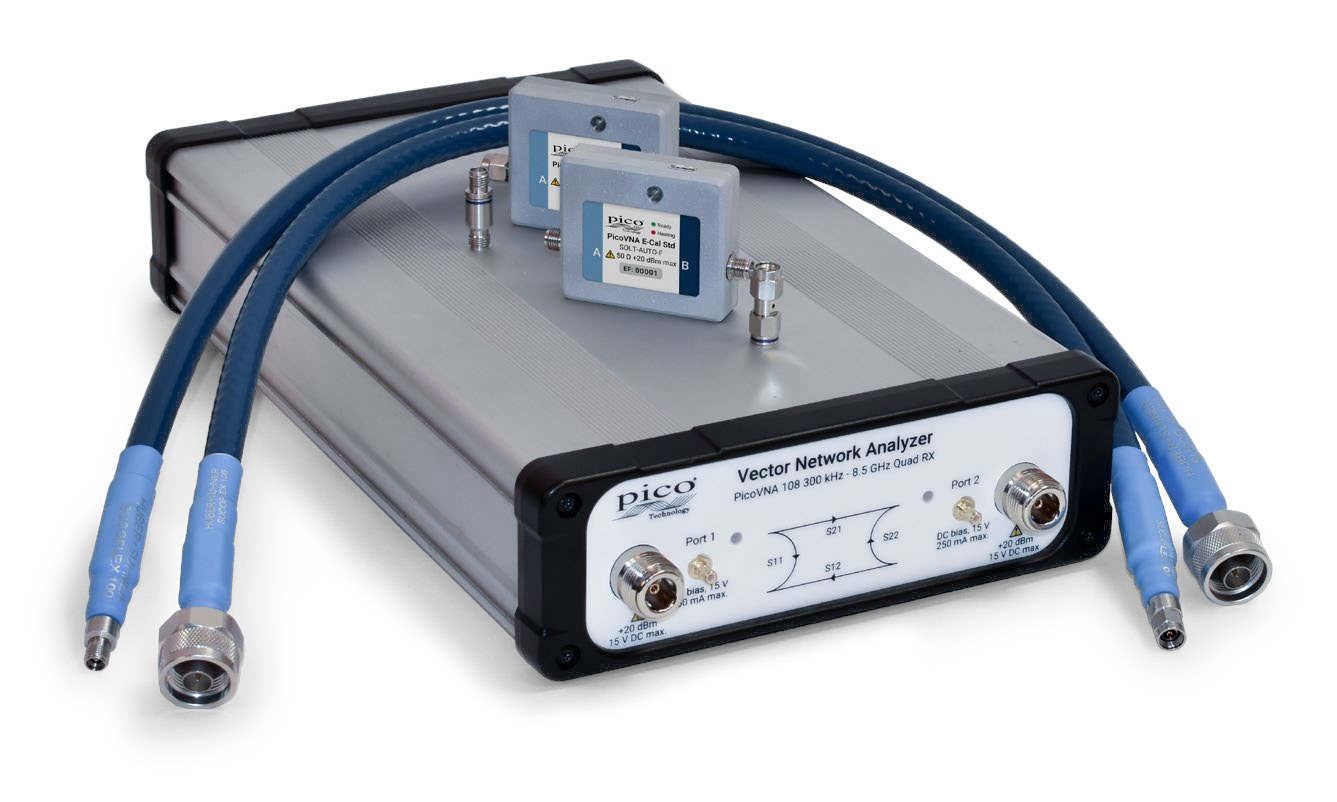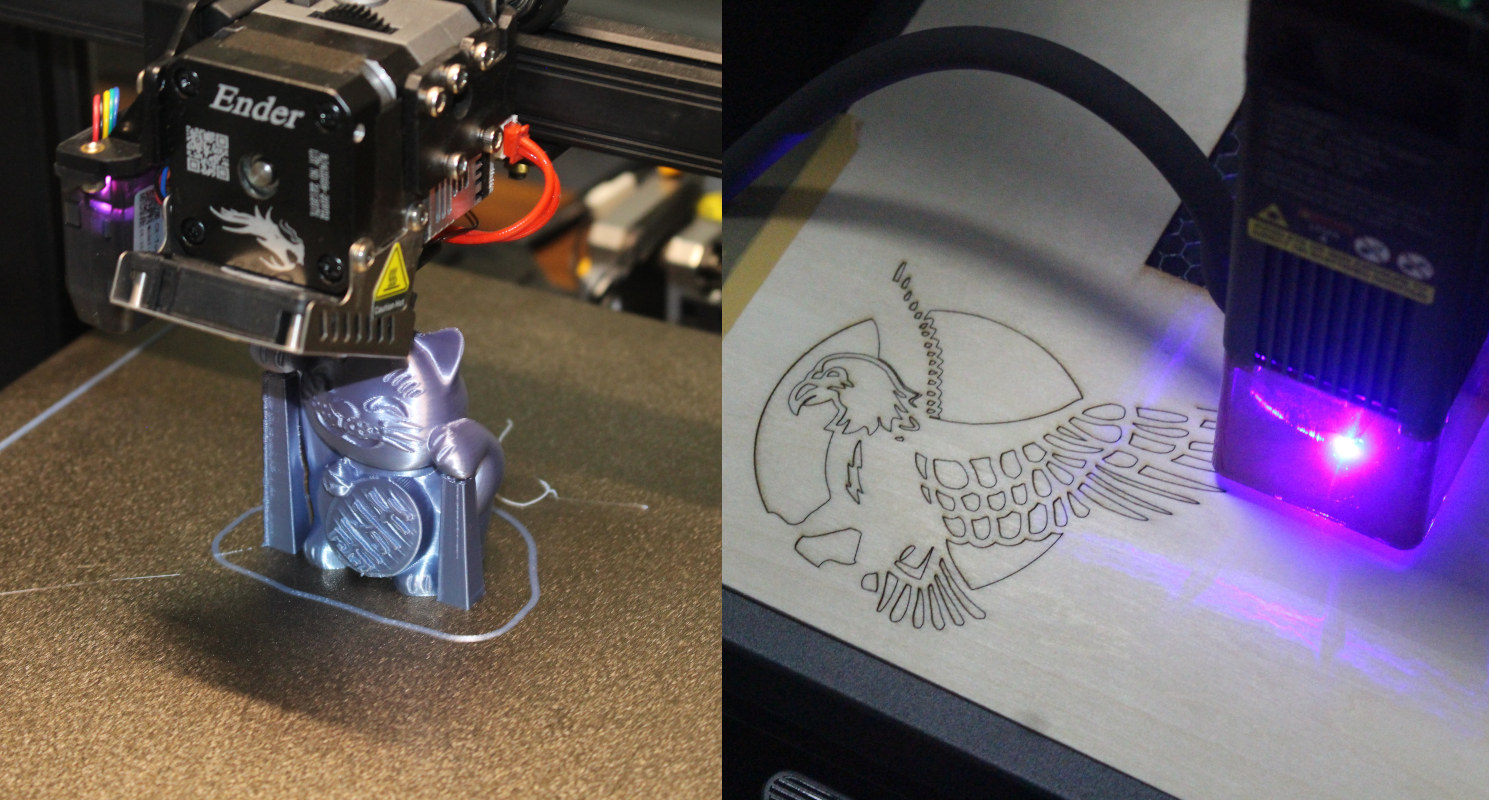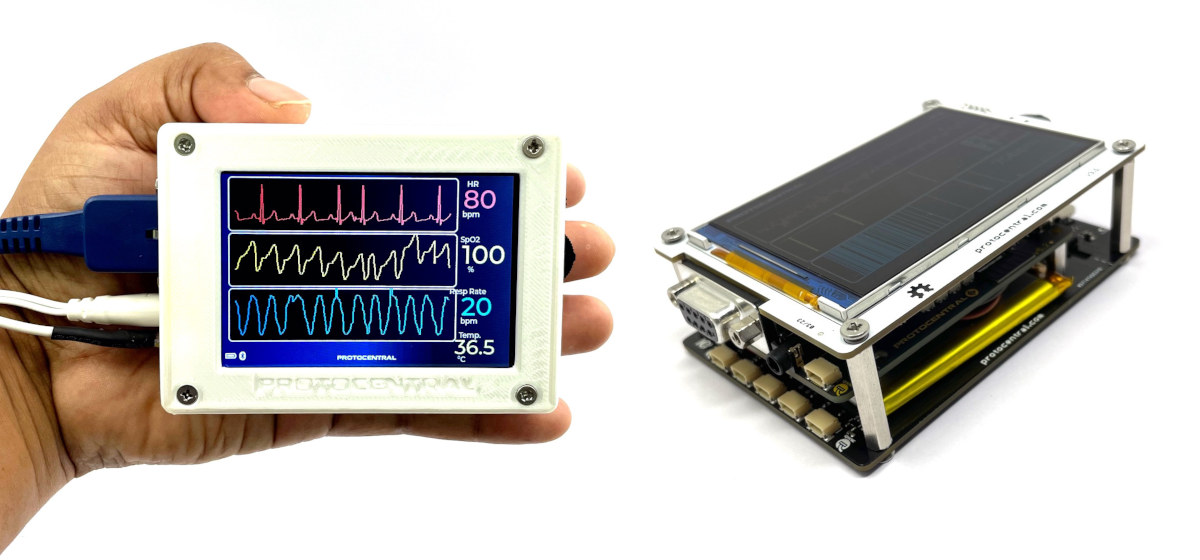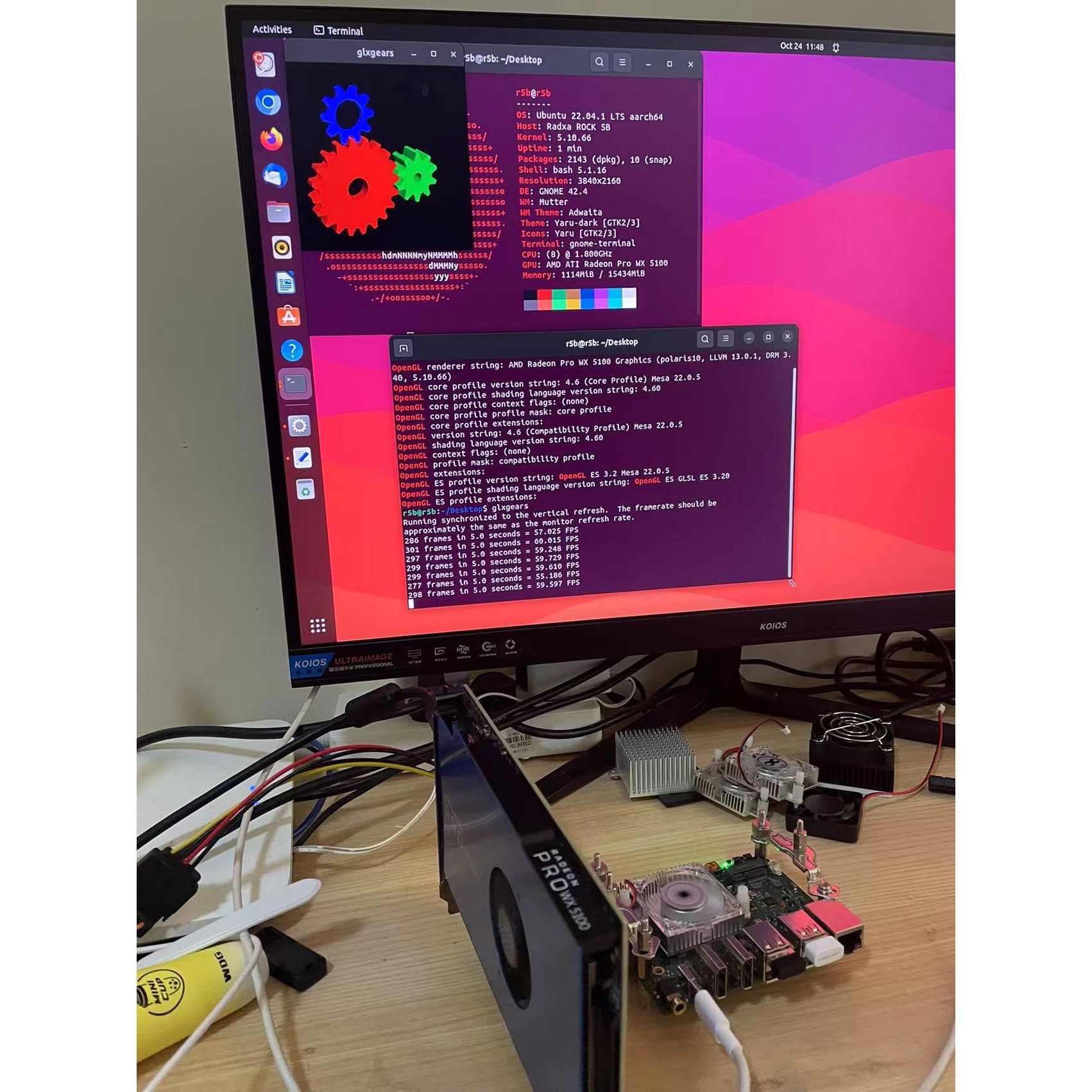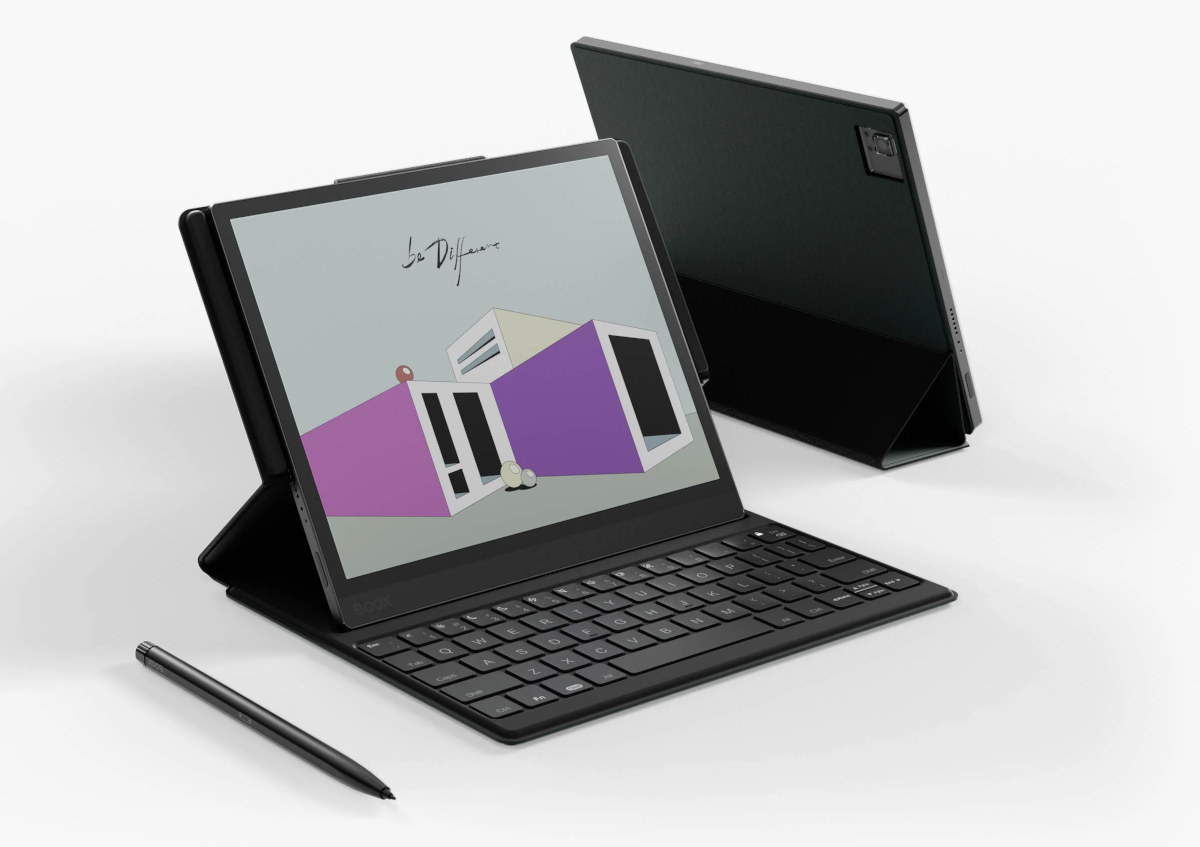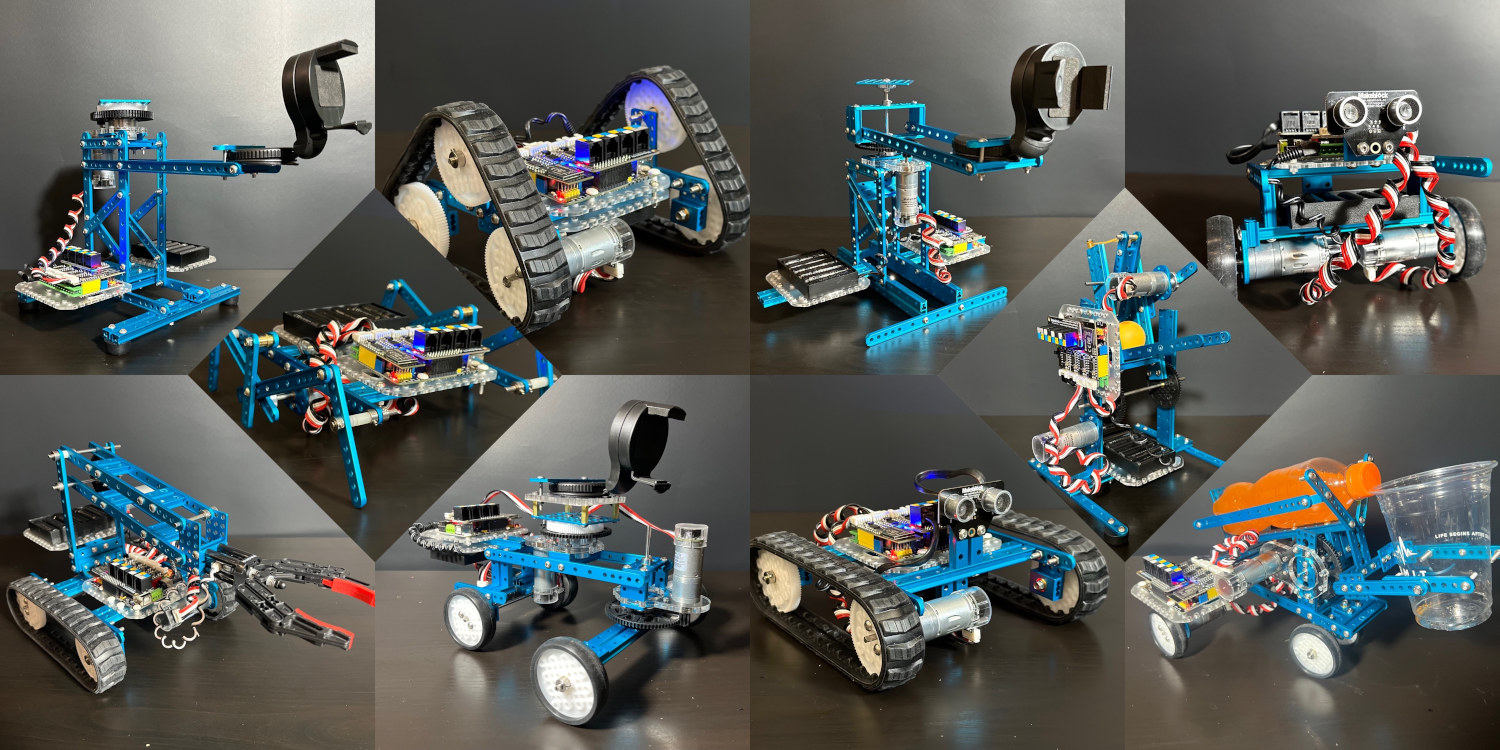KOKONI SOTA 3D printer with an inverted design (the printing head is under the hotbed) that supports printing speeds of up to 600mm/s, as well as 7-color printing through a filament tower adding support for 5 extra filament rolls. The upside-down design was made to move motors and rails to the bottom base of the printer to lower the center of gravity and help improve stability, reduce the vibration to virtually nothing, and enable the faster printing speed. KOKONI also says the SOTA 3D printer offers 0.1mm accuracy thanks to AI radar detection and error compensation and operates relatively silently at 30dB one meter from the 3D printer. KOKONI SOTA specifications: Printing size – 200 x 200 x 200 mm XY axis – Linear rail Z-axis SOTA Lite – Lead screw SOTA – High-precision ball screws Drive motor SOTA Lite – high-speed stepper motor SOTA – Closed-loop motor with magnetic […]
PicoVNA 5 software for vector network analyzers supports Windows, Linux, MacOS, and Raspberry Pi
Pico Technology has released PicoVNA 5 control software for their vector network analyzers for Windows x86 64-bit, Mac, Linux x86 64-bit, and Raspberry Pi 3 and greater single board computers, superseding the Windows-only PicoVNA 3 software. As a Ubuntu user, I hate it when some hardware tool forces me to install software on Windows when there’s no Linux alternative, so any company that provides cross-platform tools is making the right move. I’m also not quite sure what a “vector network analyzer” (VNA) is, so I’ll first look into the PicoVNA 106 and PicoVNA 108 6/8.5 GHz VNAs from the company. PicoVNA 106/108 vector network analyzers highlights and specifications: Frequency ranges PicoVNA 106 – 300 kHz to 6 GHz PicoVNA 108 – 300 kHz to 8.5 GHz Up to 5500 dual-port S-parameters per second > 10 000 S11 + S21 per second Quad RX four-receiver architecture Up to 124 dB dynamic […]
Creality Ender-3 S1 Pro review – Part 2: Engraving and 3D printing
Earlier this year, I received the Creality Ender-3 S1 Pro 2-in-1 3D printer & laser engraver and in the first part of the review, I showed the package content and how to assemble the system either to use it as a 3D printer or a laser engraver, but didn’t start it at the time. I’ve now had time to play with both laser engraving (less luck with cutting) and 3D printing, so I’ll report my experience in the second part of the review. Creality Ender-3 S1 Pro laser engraving Since in the last part of the review I had the 10W laser module installed on the 3D printer, I decided to start the testing with laser engraving and cutting. Contrary to the TwoTrees TS2 laser engraver I reviewed last year, the Creality Ender-3D S1 Pro laser engraving kit does not support autofocus, so I used the provided multi-level fixed-focus bar […]
HealthyPi 5 WiFi & BLE biosignal-acquisition sensor platform captures body temperature, ECG, PPG, SpO₂, and other vitals (Crowdfunding)
HealthyPi 5 is an open-source sensor platform for biosignal acquisition based on Raspberry Pi RP2040 microcontroller and ESP32-C3 WiFi & BLE module used to capture vitals such as electrocardiogram (ECG), respiration, photoplethysmography (PPG), oxygen saturation (SpO₂), and body-temperature data. It is a complete redesign of the HealthyPi v4 Raspberry Pi HAT with many of the same features. While the HealthyPi 5 also follows the Raspberry Pi HAT form factor and can be connected to a Raspberry Pi SBC to analyze the data, it can also be used as a standalone device with the processing handled by the RP2040 dual-core Cortex-M0+ microcontroller and connectivity through an ESP32-C3 wireless module, and data visualized on a 3.5-inch SPI display or a smartphone over WiFi or Bluetooth. HealthyPi 5 specifications: MCU – Raspberry Pi RP2040 dual-core Arm Cortex-M0+ microcontroller @ 133 MHz with 264 KB SRAM Wireless Module – ESP32-C3 RISC-V module with 2.4 […]
AMD Radeon PCIe graphics card tested with a Rockchip RK3588 SBC (Radxa Rock 5B)
When Rockchip first introduced the Rockchip RK3399 processor with a PCIe interface people initially hoped they could connect graphics card, but those hopes were quickly squashed due to a 32MB addressing limit. However, the PCIe implementation on the newer Rockchip RK3588 processor does not have such a limitation, and last November, Radxa teased a demo with an AMD Radeon Pro WX 5100 PCIe graphics card connected to the Rock 5B SBC running the glxgears demo on the Radeon GPU. I couldn’t find any instructions to reproduce this setup, but this got Jasbir interested, and he tried to do a test of his own with the Radxa Rock 5B connected to an AMD Radeon R7 520 (XFX R7 250 low-profile) through an “M.2 Key M Extender Cable to PCIE x16 Graphics Card Riser Adapter” ($14 plus taxes on Aliexpress) and powered by an LR1007 120W 12VDC ATX board. The experiment was […]
Meet the $1,000 ESP32 board with 512 GPIOs (12V/24V)
KinCony IoT’s KC868-A566 is an ESP32 WiFi & BLE IoT board with a massive 512 GPIOs, more specifically with 256 12V/24V digital outputs and 256 digital inputs that should meet most people’s requirements, except for its price, as it is currently selling for $1,000 on Aliexpress. The board is based on ESP32-WROOM-32E, and besides the massive numbers of GPIOs, also adds four analog input ports, an Ethernet port, and an RS485 connector. The company also made sure it can run ESPHome open-source firmware and integrates well with Home Assistant open-source home automation framework. KinCony IoT KC868-A566 board specifications: Wireless module – ESP32-WROOM-32E with ESP32 dual-core microcontroller 4MB flash 2.4 GHz WiFi and Bluetooth LE connectivity, built-in PCB antenna, fully compatible with ESPHome firmware Ethernet – 100/10Mbps Ethernet via vertical RJ45 jack USB – 1x USB Type-C port Serial – RS485 interface I/Os 256x MOSFET outputs (12V/24V 5000mA per channel) with […]
Onyx BOOX Tab Ultra C 10.3-inch color E-Ink Android tablet comes with stylus support
Onyx BOOX Tab Ultra C is an Android 11 tablet with a 10.3-inch E-Ink Kaleido 3 color display with 2480 x 1860 black & white resolution, 1240 x 930 color resolution, a capacitive touchscreen and support for a stylus with 4096 levels of pressure. The tablet is an evolution of the BOOX Tab Ultra black-and-white tablet with a 4096-color E-Ink display using the latest Kaleido 3 screen that increases color saturation by 30 percent and reduces blue light reflections compared to earlier Kaleido Plus displays. BOOX Tab Ultra C specifications: SoC – Unnamed “Qualcomm Advanced” octa-core processor (likely the 2.0 GHz Snapdragon 662 octa-core Cortex-A73/A53 processor like in its black-and-white predecessor) System Memory – 4GB LPDDR4X Storage – 128GB UFS 2.1 flash, microSD card slot Display 10.3-inch Kaleido 3 (4,096 colors) Carta 1200 glass screen with flat cover-lens Resolution: B/W: 2480 x 1860 (300 ppi); color: 1240 x 930 (150 […]
Makeblock Ultimate 2.0 review – A multi-function 10-in-1 educational robot kit
Makeblock Ultimate 2.0 is an educational robot kit that can be used to easily create up to 10 different types of robots. An Arduino-compatible Mega 2560 MCU board serves as the main controller and there are over 550 mechanical parts and electronic modules. The robot can drive up to 4 encoder and stepping motors, control up to 10 servo motors to work simultaneously, and can also be connected to Arduino and Raspberry Pi boards for more complex projects. The review/tutorial is fairly long, so if you are short on time, you can jump to different sections by clicking on some of the links below: MegaPi control board and main modules description mBlock 5 visual-programming IDE installation Programming of DC Encoder motors, Ultrasonic sensor, Line follower module, motion sensor, RJ25 adapter, and shutter module mBlock mobile app Building the ten models for the Makeblock Ultimate 2.0 robot kit (as shown in […]


